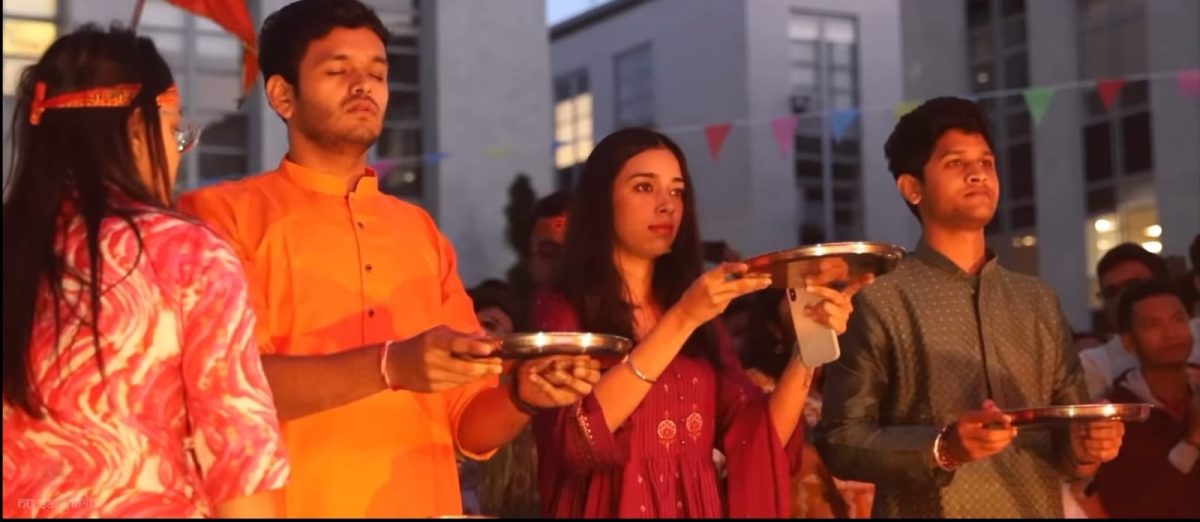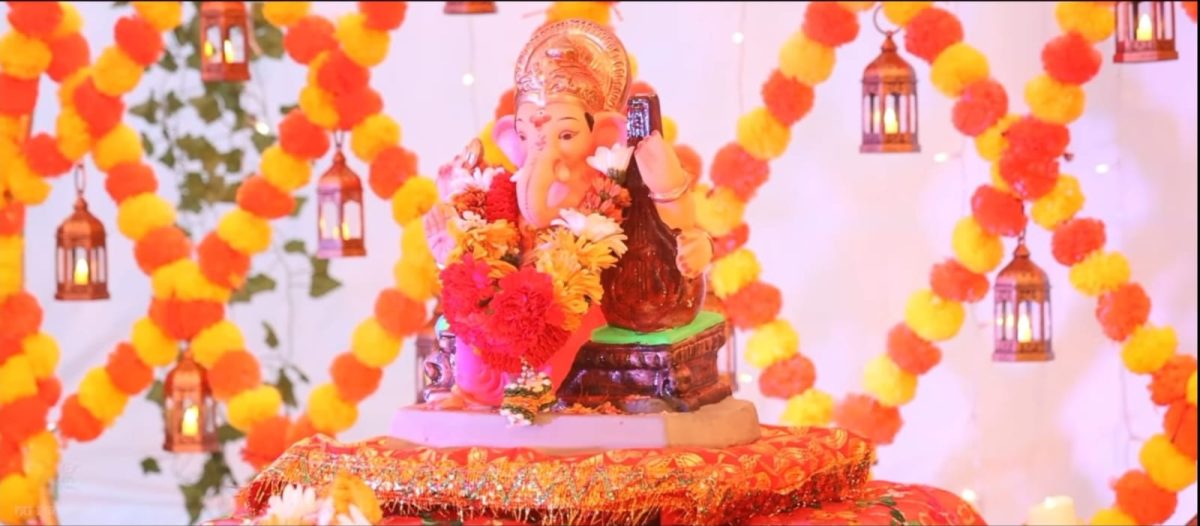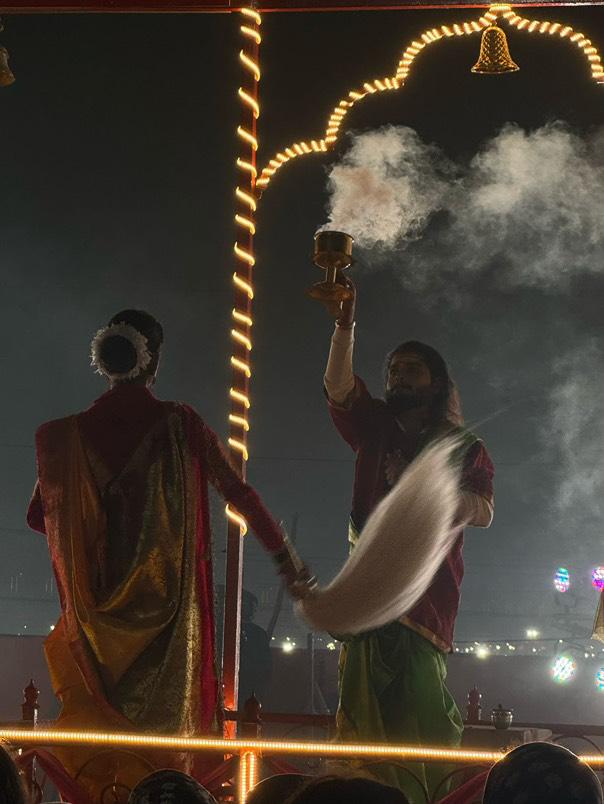Ganesh Utsav celebrates the birth of Lord Ganesha – also known as Bappa – the elephant-headed God of wisdom, prosperity, and new beginnings. During the festival, beautifully crafted idols of Lord Ganesha are installed in homes and public spaces. Devotees perform rituals, chant prayers, and offer sweets, especially Modaks, which are believed to be Ganesha’s favourite. Originally popular in the Indian state of Maharashtra, Ganesh Utsav is now celebrated by Hindus all over the world as a symbol of devotion and unity.
For Indian students studying at Northeastern University, the annual Ganesh Utsav festival is more than just a religious festival; it’s a reminder of home, faith, and community. Organised by NU Sanskriti, a student organisation committed to celebrating and preserving Indian culture, this year’s celebration was a vibrant reflection of togetherness and tradition.
The festival was held from Sept. 7th to Sept. 15th, where it brought out the spirit of India on campus. From daily pooja ( prayer in the form of devotional song) to the grand Ganesh Visarjan, the event fosters a sense of belonging for the community of Indian students. For many, it’s a much-needed respite to alleviate homesickness and recreate culture in a foreign land.
The Ganesh Utsav holds deep religious and cultural significance. Lord Ganesha, known as the remover of obstacles and the God of new beginnings is traditionally welcomed into homes and temples across India during this time. Each day, the festival is marked by rhythmic chants of mantras, the ringing of bells, and offering of prayers as students gather for the daily aarti (ritual worship with light). The fragrance of incense fills the air, while flowers, rangolis (colorful floor patterns), and traditional Indian decorations create an atmosphere reminiscent of home for many international students.

Photo Credit: Rohit Gupta – IG: rohiiit._
A key element of Ganesh Utsav is the idol of Lord Ganesha. It is traditionally made from clay and immersed in water during Visarjan. The statue stands as a symbol of devotion crafted to bring blessings and positive energy to students who gather around Bappa each day. The pooja is not just a ritual but it is a moment of reflection and unity.
The heart of Ganesh Utsav lies in its ability to bring people together. The festival is a cultural bridge, connecting students not just to their Indian heritage, but also to the broader university community. The colourful decorations, the energy of the aartis, and the sense of devotion create an environment where Indian and non-Indian students alike can experience and appreciate the richness of the culture.

PC: Rohit Gupta – IG: rohiiit._
On the final day– called Ganesh Visarjan – the idols are taken to nearby waterbodies for immersion in a grand processions to the beat of the music, where people dance on roads, hearts fill with hope for a new beginning. This act symbolises Ganesha’s return to his heavenly abode, with a promise to return the following year. The immersion mainly represents the cycle of creations and dissolution in life.

Photo Credit: Rohit Gupta – IG: rohiiit._
As the Utsav came to an end, the memories of shared prayers, festive decorations, and cultural pride continued to linger days after the immersion.
Ganesh Chaturthi is a reminder that no matter where you are in the world, home is where your faith and community come together.







